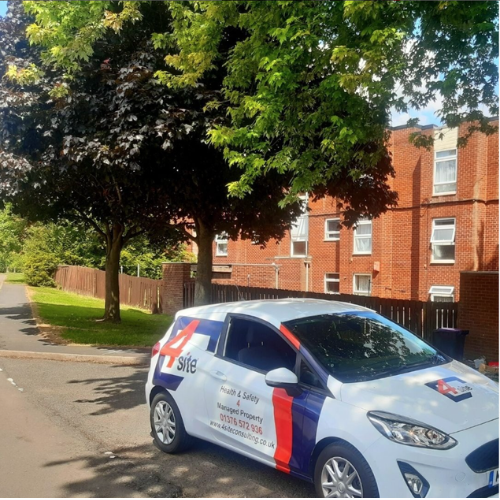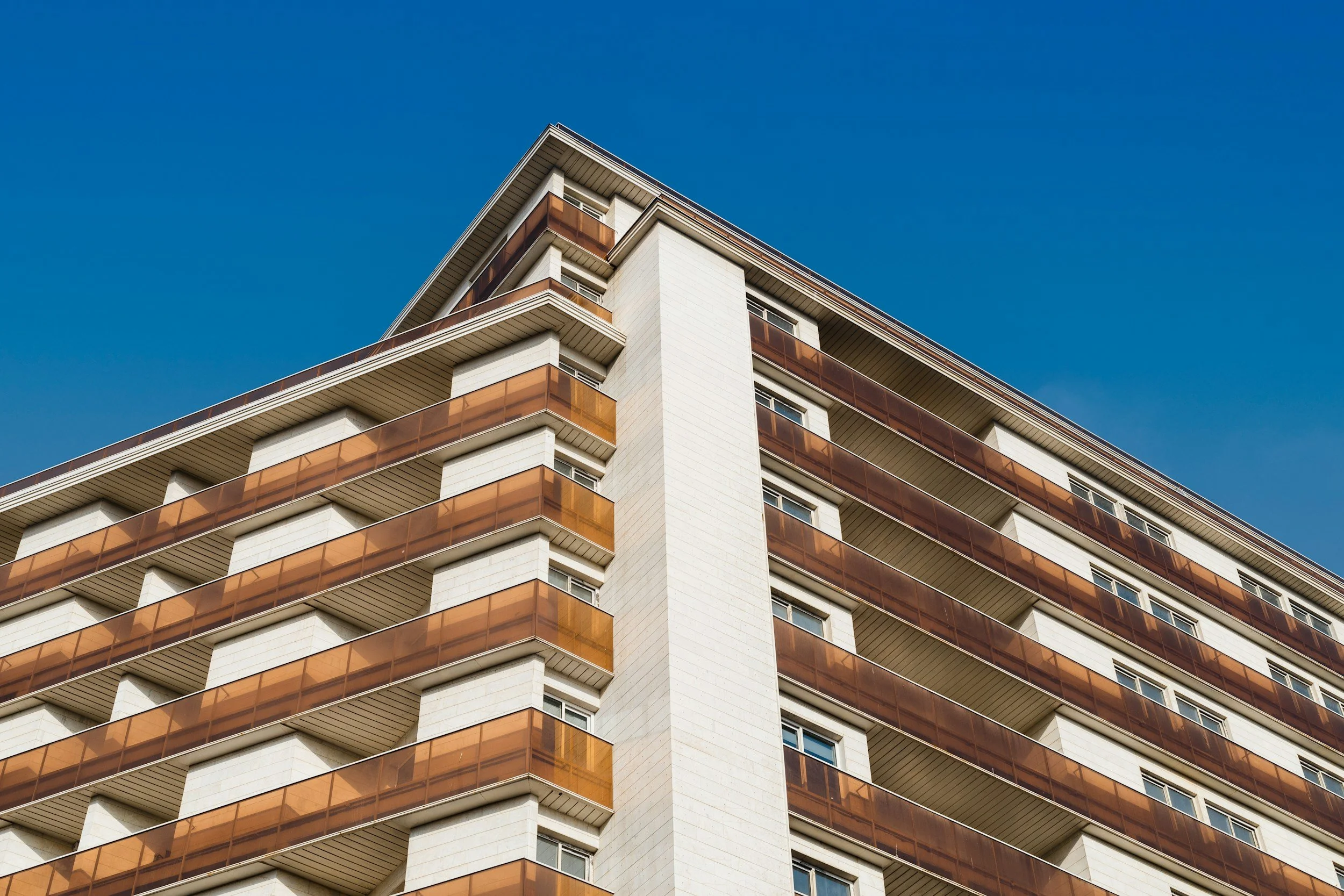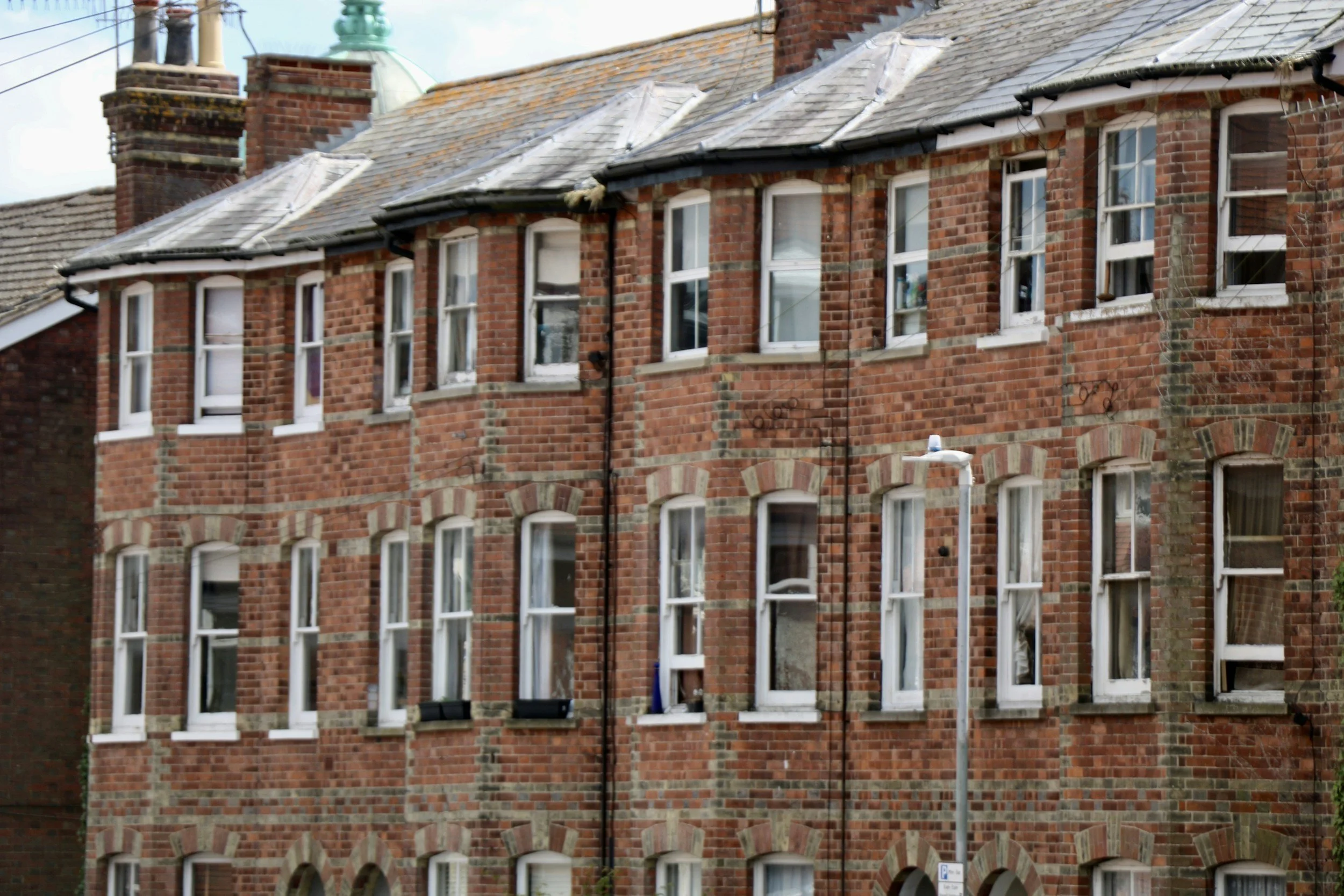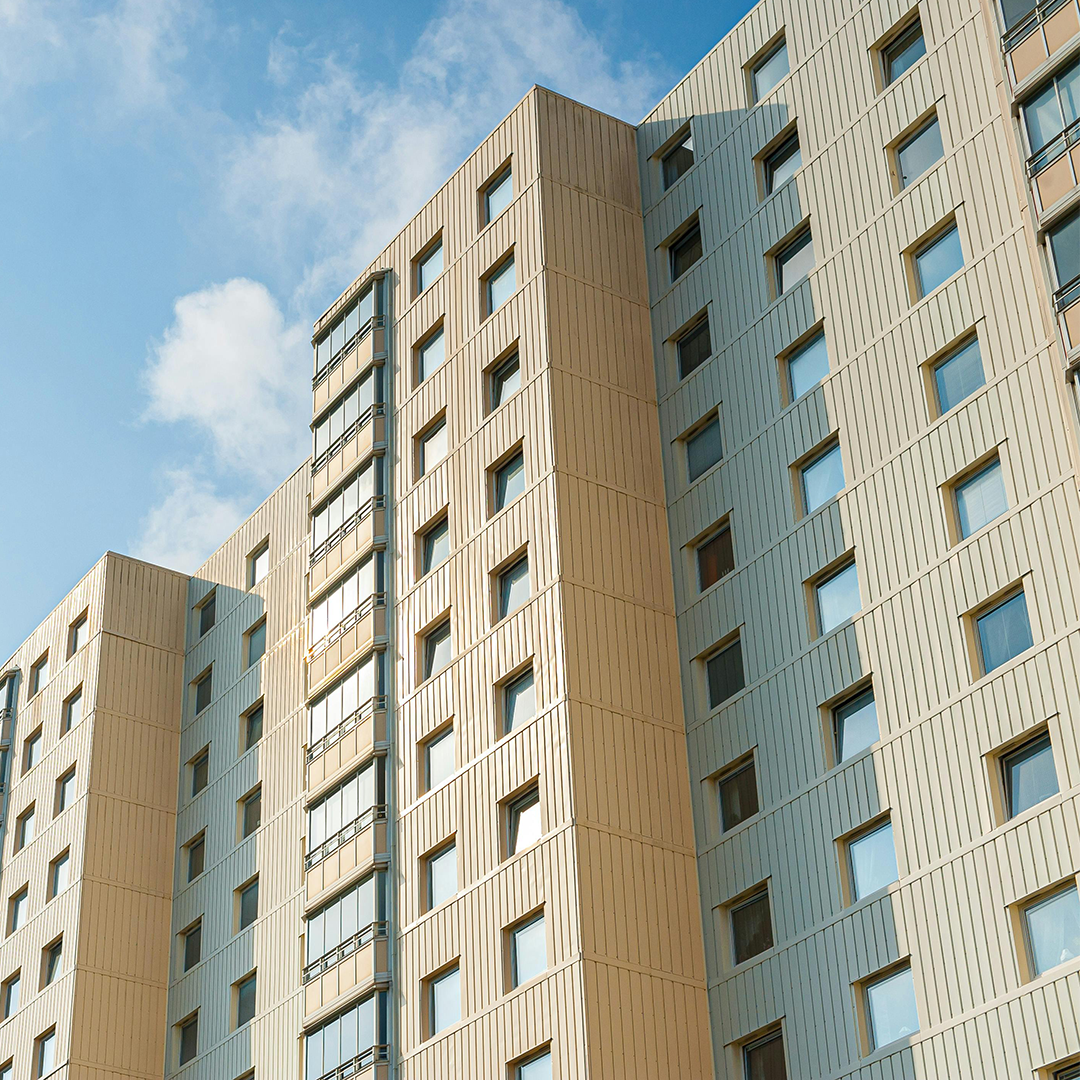Latest Articles

New fire risk assessment guidance: What does it mean for property managers?
The British Standards Institution (BSI) has published its Fire Risk Assessment (FRA) in housing standard, BS 9792. This standard clarifies the necessary frequency of reviewing and renewing for FRAs, depending on different risk ratings.

New: Structural Safety Assessment Service from 4site Consulting
4site Consulting is proud to introduce our new Structural Safety Assessment service, designed to help property managers and duty holders meet the growing demands of the Building Safety Act. Our team of structural engineers and surveyors deliver proportionate, evidence-led solutions that keep residents safe and properties compliant.

The Different Types of Asbestos Survey and When They Are Required
Regulation 4 of the Control of Asbestos Regulations 2012 states that those responsible for the common areas of residential buildings (built before the year 2000) are legally required to carry out asbestos surveys and to manage the material appropriately. There are various types of survey, including: Asbestos Management, Reinspection, Refurbishment and Demolition

Compartmentation Surveys in Residential Properties
Fire safety in residential buildings relies on strong compartmentation and effective fire engineering. Compartmentation creates fire-resistant barriers that slow the spread of flames and smoke, while further engineering measures ensure systems for prevention, detection and suppression are in place and effective within the building’s design.
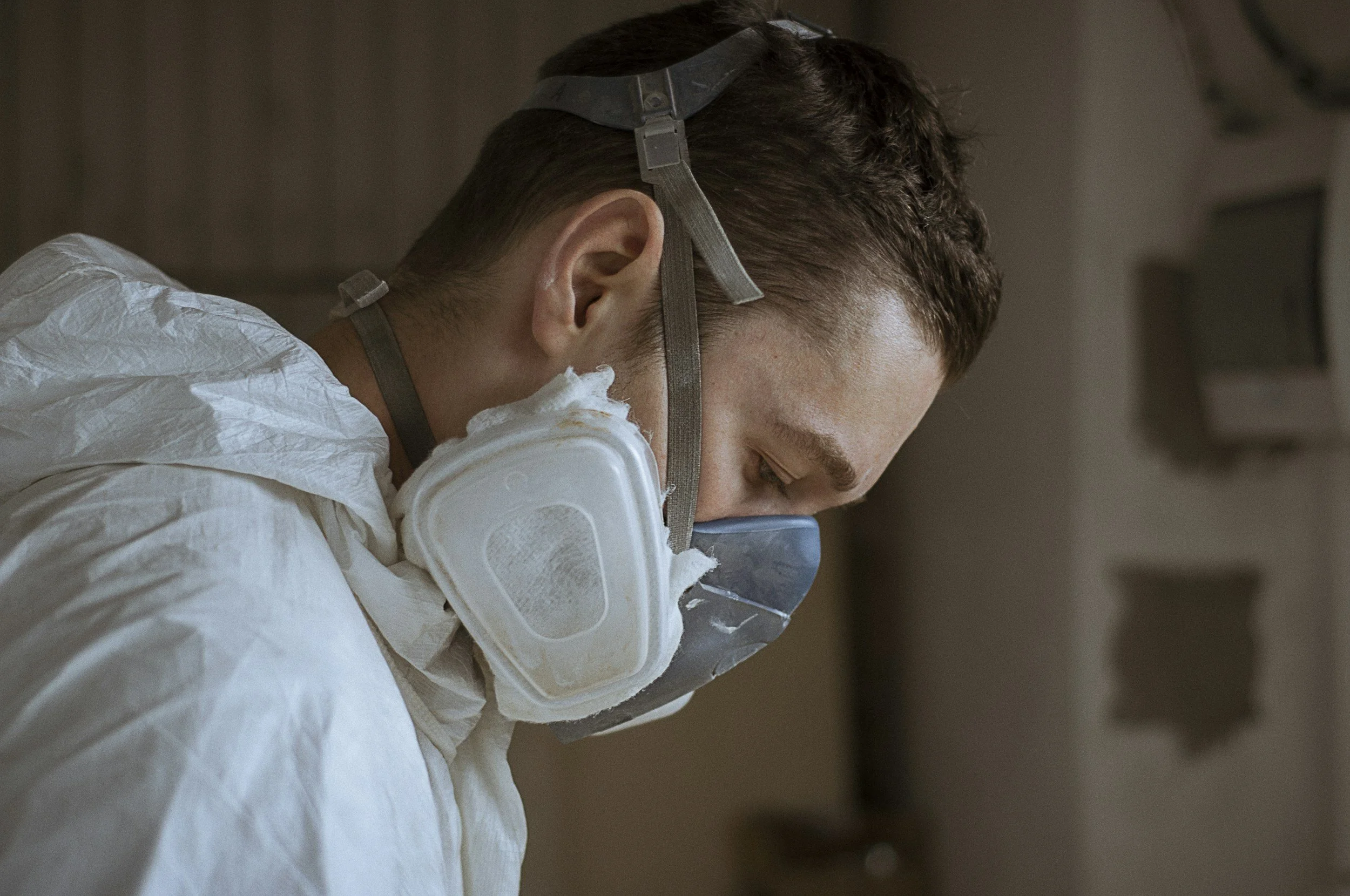
From Exposure to Action: Your Responsibilities When Asbestos Is Disturbed
If asbestos-containing materials are disturbed in a property you own or manage, the consequences can be serious. Disturbance releases harmful fibres into the air, exposing occupants to life-threatening conditions such as mesothelioma, asbestosis, and lung cancer. For property managers and landlords, knowing how to respond is critical — not only to protect health but also to remain compliant with the Control of Asbestos Regulations 2012. This guide explains the dangers of disturbed asbestos, the emergency steps you must take, and how to engage licensed contractors to ensure your property stays safe and compliant.

Managing Legionella Risk: A Guide for Property Managers
For property managers, managing the risk of Legionella is both a legal duty and a key part of keeping residents safe. Whether managing one building or several, you must take steps to prevent bacteria from growing in water systems and ensure your property is compliant with safety regulations.

What to Do If Asbestos Materials Are Disturbed?
If asbestos-containing materials are disturbed in a property you own or manage, the consequences can be serious. Disturbance releases harmful fibres into the air, exposing occupants to life-threatening conditions such as mesothelioma, asbestosis, and lung cancer. For property managers and landlords, knowing how to respond is critical — not only to protect health but also to remain compliant with the Control of Asbestos Regulations 2012. This guide explains the dangers of disturbed asbestos, the emergency steps you must take, and how to engage licensed contractors to ensure your property stays safe and compliant.


